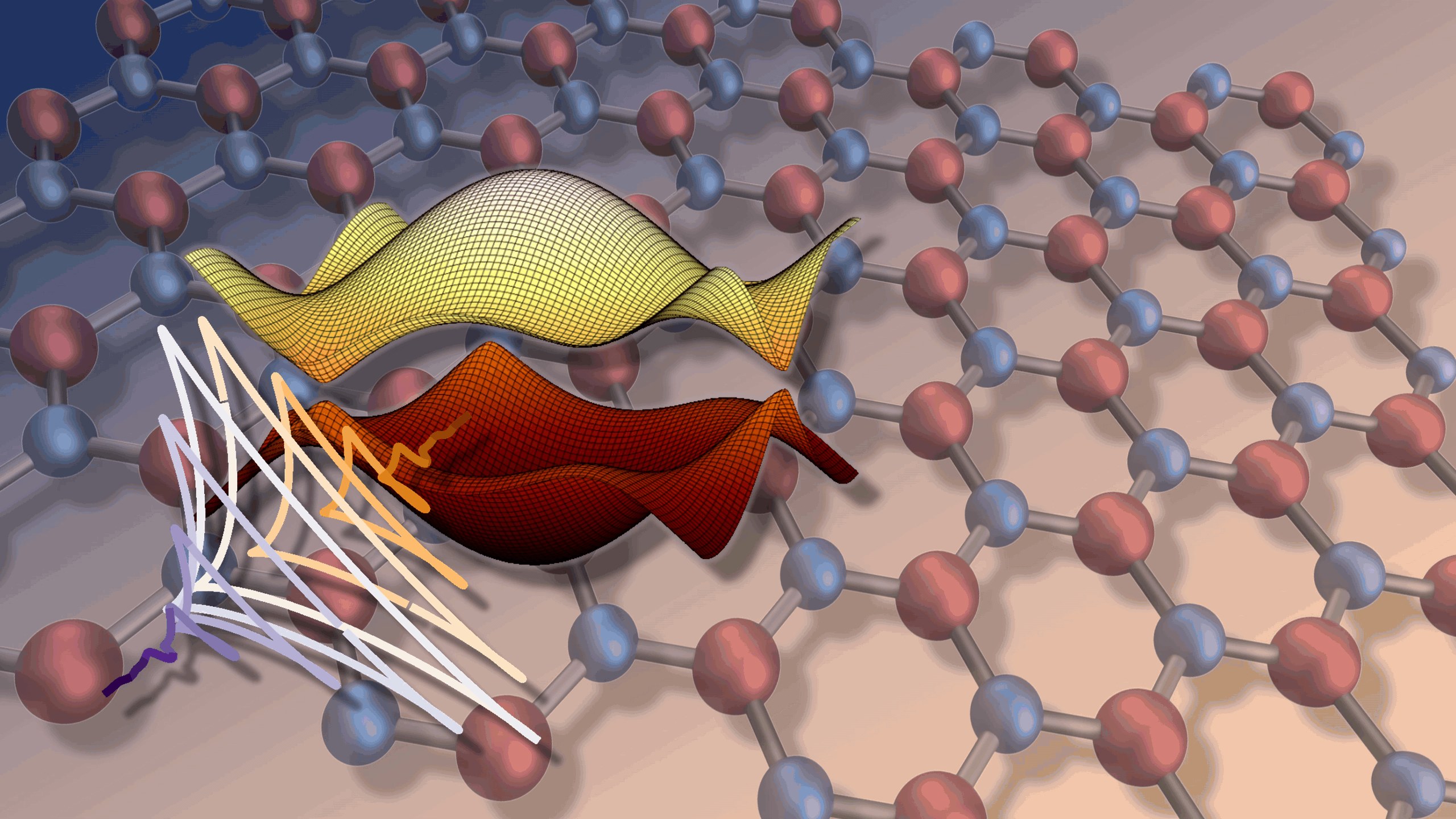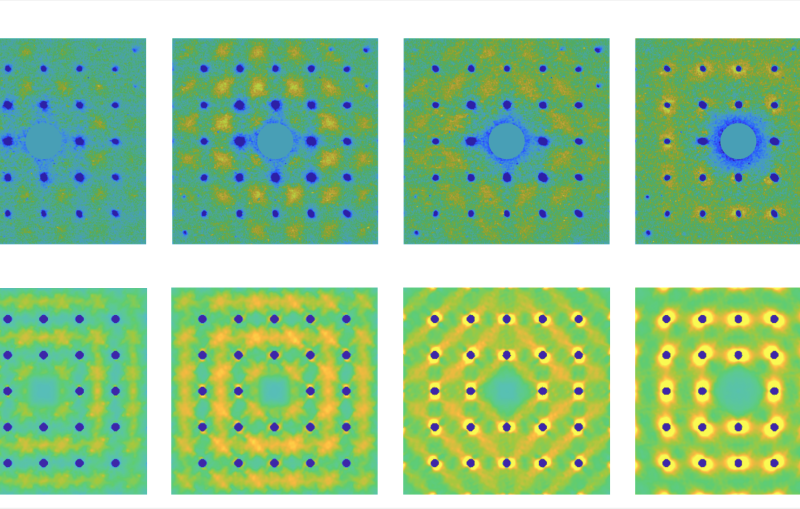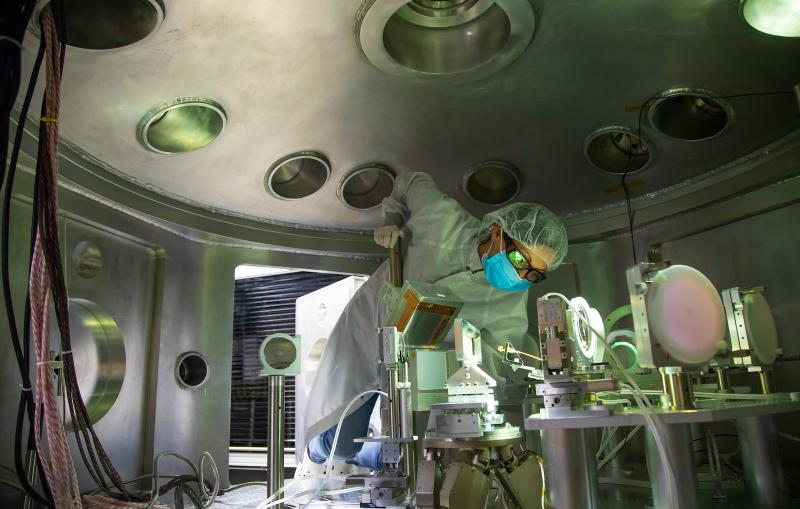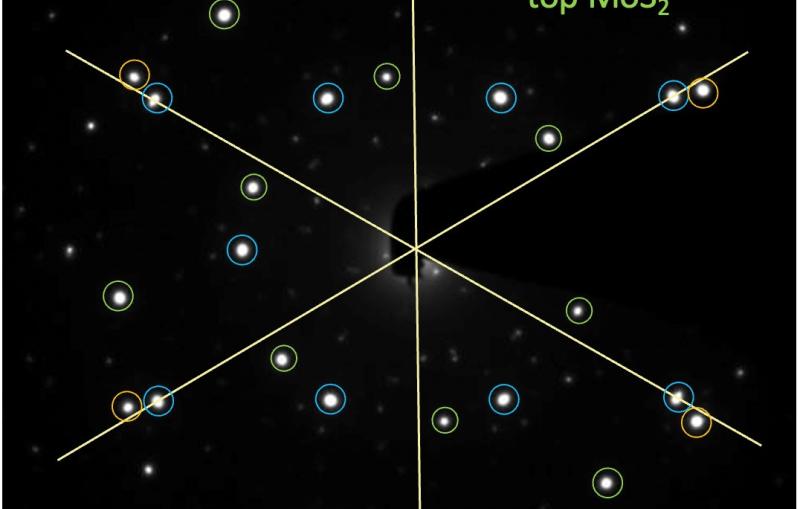June 26, 2017
2-D Material’s Traits Could Send Electronics R&D Spinning in New Directions
An international team of researchers fabricated an atomically thin material and measured its exotic and durable properties that make it a promising candidate for a budding branch of electronics known as “spintronics.”
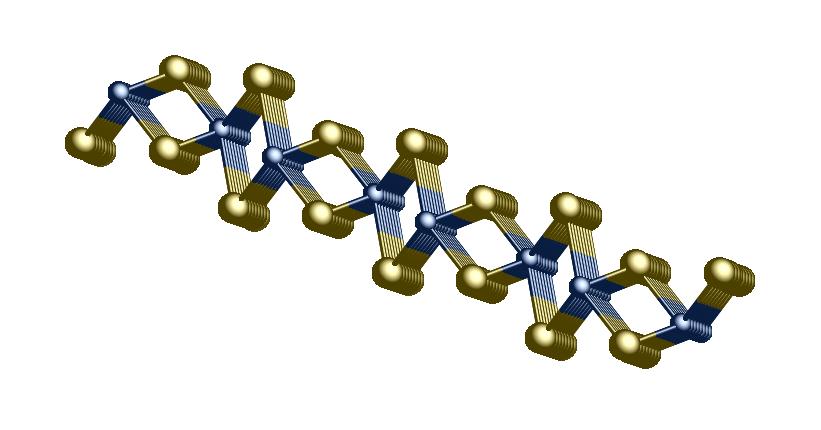
Dig Deeper

